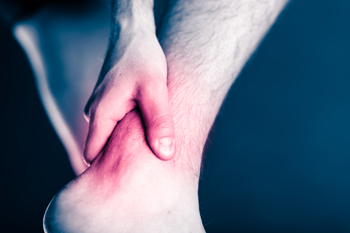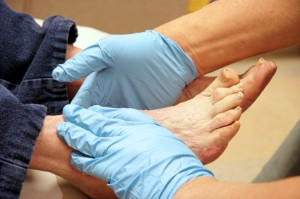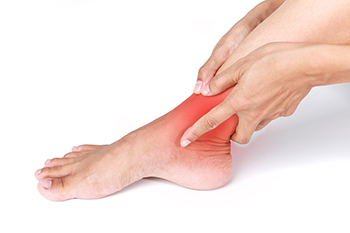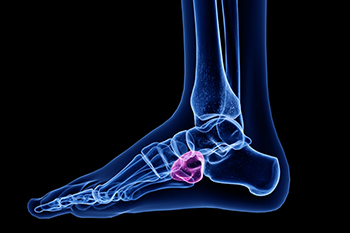
Tendonitis of the feet and ankles is a frequent cause of foot pain and swelling. It occurs when the tendons that are attached to the leg, foot, or ankle bones become inflamed from injury or overuse. Different areas of the foot and ankle can be affected by tendonitis, including the back of the ankle, the side along the big toe, and the top of the foot. With this condition, pain typically subsides with rest, only to resume with movement. Tendonitis of the foot and ankles can be incurred from sports injuries, abnormal foot structure, trauma to the feet or ankles, and pre-existing health conditions. If you suffer from tendon pain in your feet or ankles, it is suggested that you contact a podiatrist who can properly diagnose this condition, and provide effective treatment.
Foot and ankle trauma is common among athletes and the elderly. If you have concerns that you may have experienced trauma to the foot and ankle, consult with one of our podiatrists from Carolina Foot & Ankle Specialists. Our doctors will assess your condition and provide you with quality foot and ankle treatment.
Foot and ankle trauma cover a range of injuries all over the foot; common injuries include:
- Broken bones
- Muscle strains
- Injuries to the tendons and ligaments
- Stress fractures
Symptoms
Symptoms of foot and ankle injuries vary depending on the injury, but more common ones include:
- Bruising
- Inflammation/ Swelling
- Pain
Diagnosis
To properly diagnose the exact type of injury, podiatrists will conduct a number of different tests. Some of these include sensation and visual tests, X-rays, and MRIs. Medical and family histories will also be taken into account.
Treatment
Once the injury has been diagnosed, the podiatrist can than offer the best treatment options for you. In less severe cases, rest and keeping pressure off the foot may be all that’s necessary. Orthotics, such as a specially made shoes, or immobilization devices, like splints or casts, may be deemed necessary. Finally, if the injury is severe enough, surgery may be necessary.
If you have any questions, please feel free to contact our offices located in Mount Pleasant and Charleston, SC . We offer the newest diagnostic and treatment technologies for all your foot care needs.







